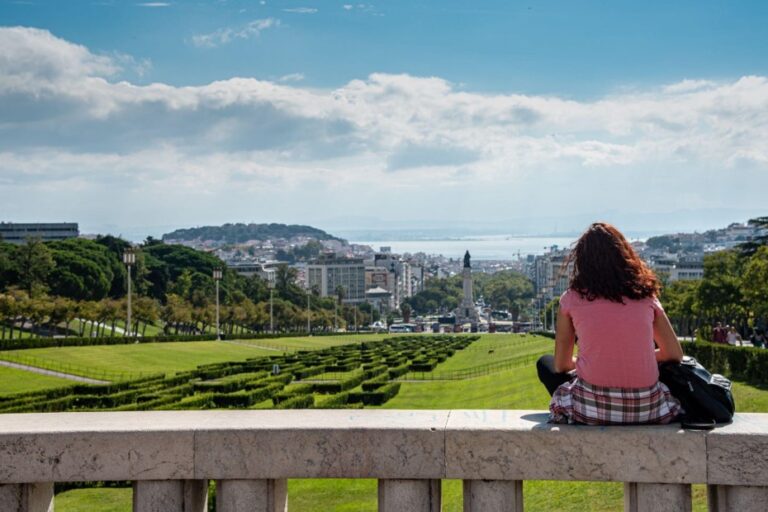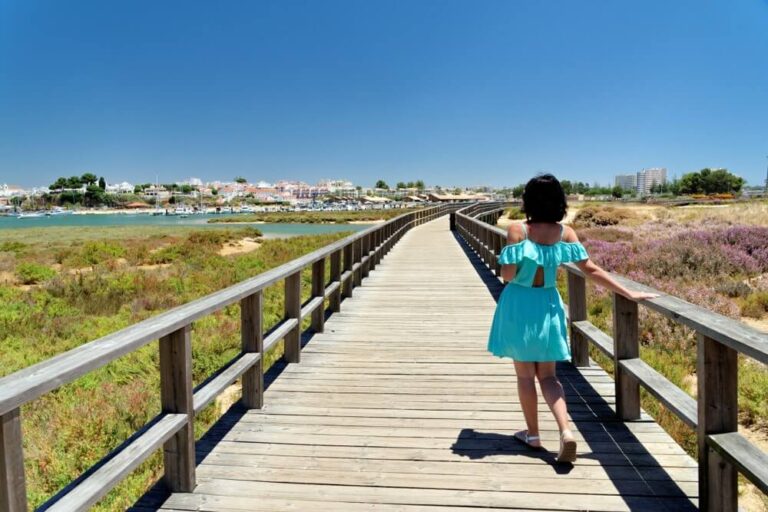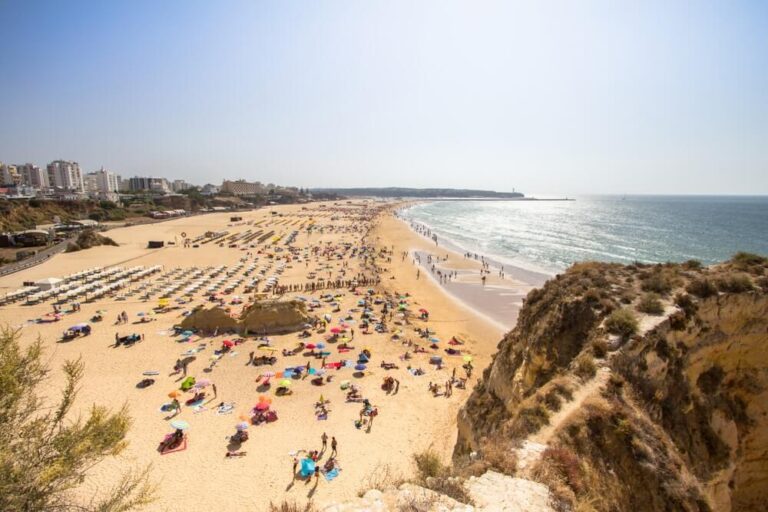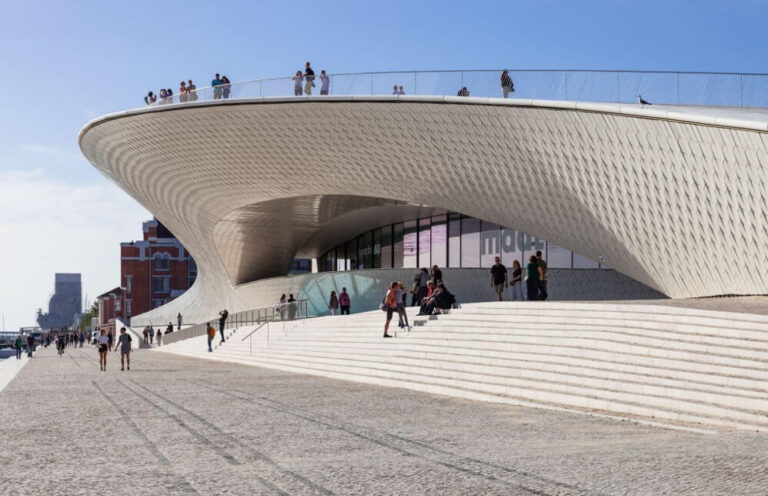Alfama Lisbon: A Historic Neighborhood Filled with Culture, Cuisine and Character
Alfama is one of Lisbon’s loveliest neighborhoods. Known as Old Town, this peaceful section of Lisbon is known for its breadth of history and culture. Authenticity is important to the residents of the Alfama district, and lovely Portuguese food and fado music can easily be found throughout the neighborhood.
Alfama has plenty to offer visitors. Aside from its incredible historical sights, Alfama has amazing restaurants, a fun nightlife, and hidden gems. In this article, I’ll explain all the most amazing things you need to know about Alfama, Lisbon.
Introduction to Alfama
Alfama is one of the loveliest places in Lisbon. It is well known for its picturesque and gorgeous houses, which frequently sport historic architectural features. The homes and shops in Alfama line winding cobbled streets that you can easily explore and admire for hours.
Many incredible historical places are in Alfama, including the Fado Museum and the Castelo de São Jorge. If you decide to visit Alfama, you should visit the top sights, the best restaurants and entertainment centers, and a few hidden gems to make the best of your vacation.
History of the Neighborhood
The Alfama district has an incredibly long history. The neighborhood was first known as a working-class district. It served as the hometown of traders and merchants in the 8th century. People from all around Lisbon would go to Alfama for any of their commercial needs.
Due to its origin as a place of commerce, Alfama has always been firmly rooted in the arts. Skilled artisans like textile and metalworkers sold their goods in Alfama to make a living. Gradually, the neighborhood developed a unique culture as cafes and bars opened to cater to the residents.
In the 1755 Lisbon earthquake, parts of Alfama were badly damaged. However, the elevation of the neighborhood saved many buildings in Alfama from the worst of the damage. The district has many intact historical sites and buildings as a result.
Though the earthquake didn’t tremendously damage Alfama, it did cause the neighborhood to develop extensively. Damaged buildings were reconstructed, and leaders within Lisbon took the opportunity to construct outstanding new centers of culture and trade where ruins once lay.
Today, Alfama remains the center of commerce and trade in Lisbon. People from around the world are drawn to Alfama for its world-class shopping and dining. The authentic Portuguese food and soulful fado music make Alfama an enticing neighborhood to visit.
If you visit Alfama, you can explore some of Lisbon’s oldest and newest sights. The Castelo de São Jorge and Fado Museum are must-see attractions in the neighborhood, as are the various festivals and events across the year in Alfama.
Top Sights to See
There are many incredible sights you should seek out while you’re in Alfama. One of the most incredible things to see is the Castelo de São Jorge, which was gradually constructed long ago and seized by the Portuguese in the 10th century.
It’s easy to enjoy viewing the fortifications and the incredible perspective of Lisbon as you enjoy the castle’s many amenities, including a cafeteria, a museum, and well-maintained gardens. The Castelo de São Jorge is one of the best places you can visit in Alfama.
If you’re interested in Lisbon’s unique culture, visit the Museum of Fado. This museum is located in the heart of Alfama and exhibits various parts of the culture surrounding fado music, including history and information on the most famous fado performers.
If you visit the Museum of Fado at the right time, you can even see a live performance of this beautiful music. Local artists are frequently invited to the museum to perform for guests — and after witnessing one of these performances for yourself, you’ll be left with a priceless memory.
You will likely also enjoy visiting the Miradouro das Portas do Sol while in Alfama. This location provides a breathtaking view of Alfama as a whole. It’s particularly lovely to visit the Miradouro das Portas on a warm day, as the sun shining down makes the stunning view of Lisbon and the distant River Tagus mesmerizing.
Finally, you can’t forget to visit the Lisbon Cathedral or Sé Cathedral in Alfama. This is an excellent historical site if you’re interested in viewing unique and ornate architecture, as the cathedral is constructed with Gothic architecture that dates back to the 13th century.
The interior of the Lisbon Cathedral is just as fascinating. The corridors within the cathedral are ornately decorated with materials such as stained glass, wood, and velvet. The cathedral maintains and displays gorgeous works of art and relics from across history.
Experiencing Alfama’s Culture
As you visit Alfama, taking in every part of the city’s culture is important. You should make sure to experience the unique cuisine and nightlife of Alfama while you’re vacationing. Luckily, this is a simple feat as long as you know the right places to go.
Cuisine and Restaurants
As you start your culinary adventure in Alfama, consider what dishes you want to try most. Portuguese cuisine has many dishes that suit any palate and dietary restrictions, but knowing what you want to try in advance can make it fun.
You should try a sweet pastel de nata (or custard tart) while you’re in Alfama. These treats can frequently be found in cafes around the neighborhood. You should also try bacalhau, as this salty dish is considered Portugal’s national dish.
Some people enjoy ordering caldo verde if they’re looking for a hearty bowl of soup. Others may enjoy eating a few bolinhos de bacalhau (fried patties made from dried cod and potatoes) as they reach the end of an exciting day spent exploring Alfama.
You should also dine at a restaurant offering fado performances while in Alfama. This is undoubtedly one of the nicest ways to see a fado show, as delicious and authentic Portuguese food and soulful music make a great pair.
There are plenty of excellent fado restaurants in Alfama. Many enjoy the distinctly Portuguese decoration and authentic eats at Parreirinha de Alfama. In contrast, others enjoy the exciting (if chaotic) energy at A Baiuca, which allows audience members and amateurs to perform.
Finally, make sure to try some of the street food as you’re exploring Lisbon. Pão com chouriço is made with chorizo and bread, and it can be commonly found around the neighborhood. Prego and bifana sandwiches are easy to find and packed with as much delicious flavor as the Pão com chouriço.
If you have a sweet tooth, you may also enjoy trying some pastel de nata and other varieties of Portuguese pastries. Bolas de berlim are a favorite among many tourists in Lisbon, as are the crepes prepared by certain street vendors around the neighborhood.
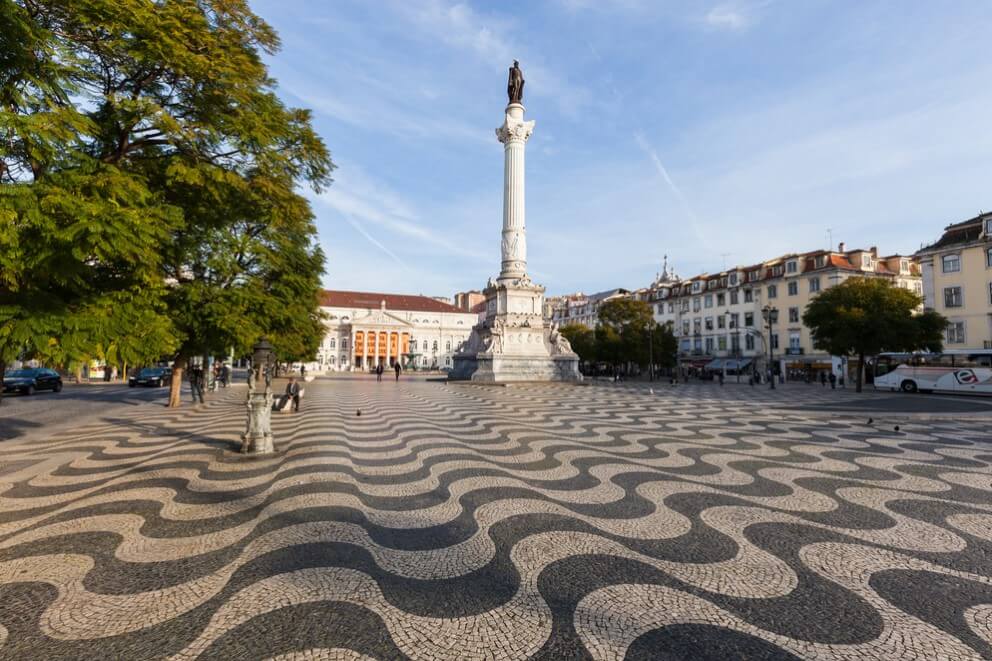
Nightlife and Entertainment
Indulging in Alfama’s nightlife and unique entertainment is one of the best things you can do while visiting Lisbon. There are many lovely fado music performances that you can see by visiting a fado venue or dining at a restaurant that hosts performances. Alfama is also home to many fun events and exciting bars.
Fado music is one of Portugal’s traditional styles of music. This melancholic music originated from working-class neighborhoods in Lisbon and has since become iconic throughout the entire country. You can visit clubs like Clube de Fado or A Baiuca to watch a live fado performance with a meal.
You can also visit various nightclubs and bars around Alfama to dive into Lisbon’s culture. A Baiuca is popular amongst locals for its spirited amateur fado performances and cozy atmosphere, while Clube de Fado is highly regarded for its spectacular performances and authentic Portuguese cuisine.
Many wonderful events and festivals occur in Alfama and around Lisbon across the year, too. Music festivals like Sonar Lisboa and Sumol Summer Fest occur annually. Some events, like Festas de Lisboa and Festas do Mar, provide incredible insights into the history and culture of Lisbon — and they’re lots of fun to attend, too.
Exploring Alfama’s Streets and Alleys
As you explore Lisbon, you can’t forget to look for hidden gems throughout the streets and alleys of Alfama. Some wonderful shops and restaurants go unnoticed by the majority of tourists. Beautiful works of art can also be found throughout Alfama if you know the right place to look.
Hidden Gems
Some of the finest hidden gems in Alfama can be found on just three streets: Rua dos Remédios, Largo do Chafariz de Dentro, and Beco do Espirito Santo. Each street has a unique character, so I recommend visiting all three if you can do so.
Rua dos Remédios is best known for how lovely and historic it is. The street is lined with gorgeous old buildings. Restaurants, cafes, and fun shops line the narrow, winding road, with gardens and lush bits of nature peeking out in some areas. One could easily spend all day exploring everything the Rua dos Remédios offers.
Largo do Chafariz de Dentro is also very exciting. This plaza is located right in the heart of Alfama. The most eye-catching nearby attraction is the Museu do Fado, just a short walk from the plaza. The plaza is centered around a small fountain dating back to the earliest days of the square’s existence.
Finally, consider seeing the Beco do Espirito Santo while in Alfama. Beco do Espirito Santo is a street that winds through many of the oldest portions of Alfama. If you decide to walk along this road, you will surely see plenty of gorgeous old buildings and Portuguese art and tiling. Many fun shops and restaurants are found along the Beco do Espirito Santo.
Street Art and Murals
Alfama is home to a few incredible works of street art and murals. You should walk along the Calçada do Cascão while you’re in Alfama. The buildings that line this sidewalk feature an eye-catching style of tile on their sides.
These tiles are famed for their unique appearance. They are uniquely Portuguese and easily distinguished from buildings anywhere else in the world. If you decide to walk down Calçada do Cascão, the beauty of each building will strike you.
You should also consider making your way to Rua dos Cegos if you’re in Alfama. If you enjoy street murals, you’ll adore this exhibition. An artist named Mário Belém painted numerous huge works of art on the sides of buildings on this street.
The painting was intended to capture the spirit of the neighborhood through bold patterns and colors. While this exhibit might be a hidden gem, those who visit Rua dos Cegos walk away with a better understanding of Portuguese art.
Conclusion
Alfama is one of the most wonderful neighborhoods you can visit in Lisbon, and what we covered above are some of the best things to do there. But we couldn’t cover it all. There’s so much more to see in Old Town Alfama; Miradouro de Santa Luzia, the Santa Engrácia National Pantheon, and Miradouro da Senhora, to name a few.
While traveling across the world to this beautiful Portuguese city might be intimidating, you’ll feel right at home in Alfama if you bring a well-developed itinerary and a healthy sense of adventure.

Frequently Asked Questions
How Do I Get to Alfama?
You can get to Alfama through a few methods. If traveling from across the world to Alfama, you must start by flying or taking a train to Lisbon. Various options are available depending on where you’re located.
Once you’re in Lisbon, you can use various public transportation options to make your way to Alfama. The bus, tram, and metro public transportation systems are all highly developed in Lisbon. You can also use a taxi or rental car to drive to Alfama if you prefer.
What Is the Best Time to Visit Alfama?
The best time to visit Alfama is during one of the shoulder seasons, either in the late spring or early fall. Visiting Alfama during the shoulder season will ensure you can enjoy the good weather and most attractions Lisbon offers without fighting crowds or paying exorbitant prices.
You should also consider visiting Alfama during the summer or winter. Alfama is particularly nice to see during the summer if you enjoy the beach or want to go to a festival since the summer is the peak of the tourist season. If you don’t mind a bit of rain, visiting Alfama during the winter (outside of the holiday season) will let you enjoy authentic Lisbon for a low cost.
Is Alfama Safe at Night?
Alfama is perfectly safe at night. You generally don’t have to worry about being targeted in an unsafe place because Alfama mostly has wide, well-lit streets where plenty of people congregate. That being noted, you should still exercise caution while exploring Alfama at night. You should avoid carrying too many valuables and avoid walking through dark, desolate, or suspicious areas.


